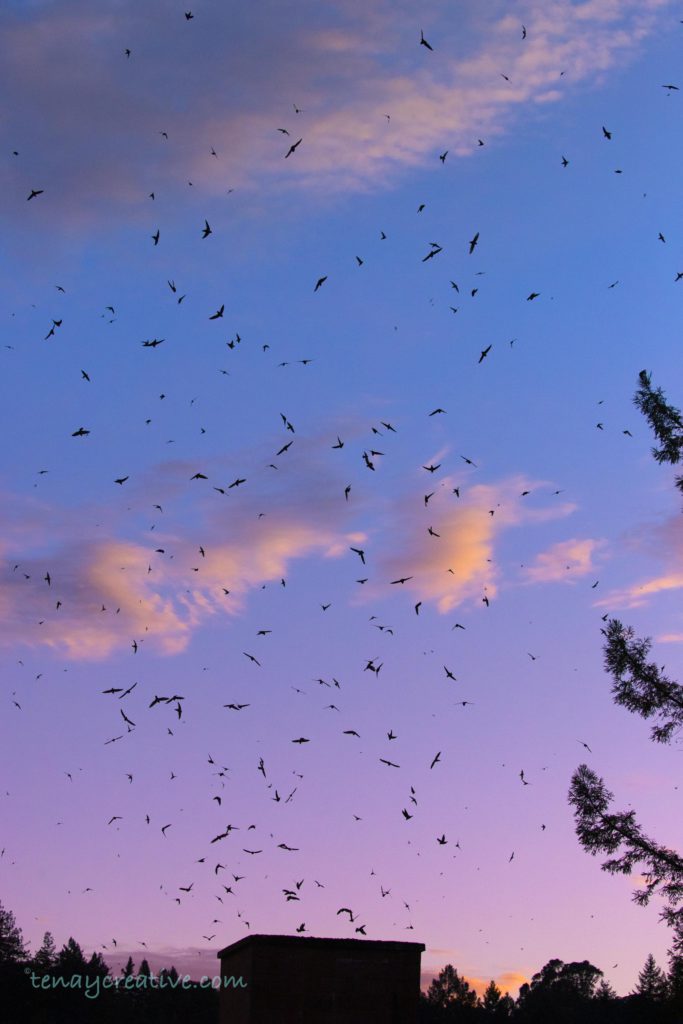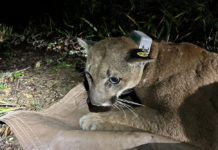We’ve been getting all sorts of gifts from the sky in recent weeks. One big one came last Thursday night as the Northern Lights returned to the North Bay and a wave of aurora borealis flashed its pretty colors much further south than usual, in an encore from spring. Below are some of the photos that Healdsburg residents posted on Facebook that night.
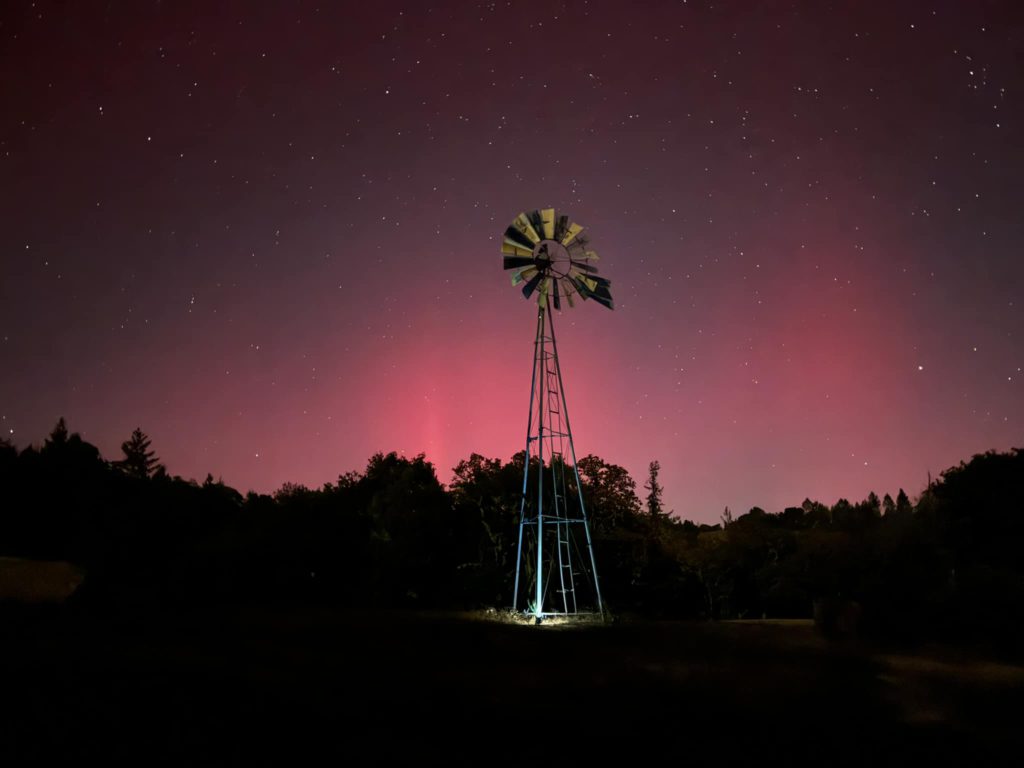
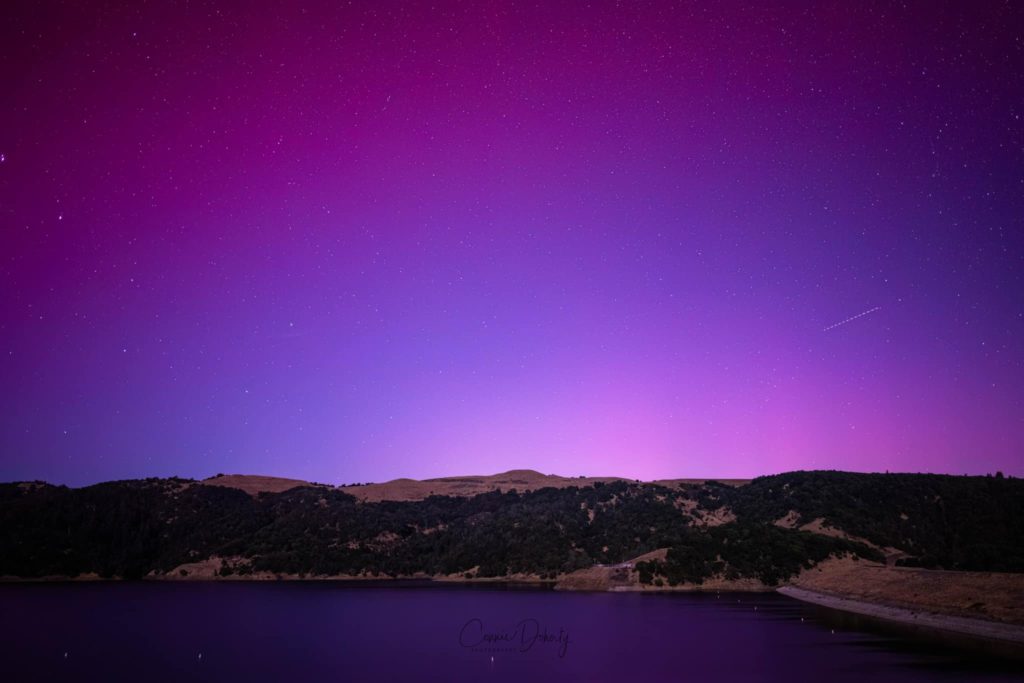
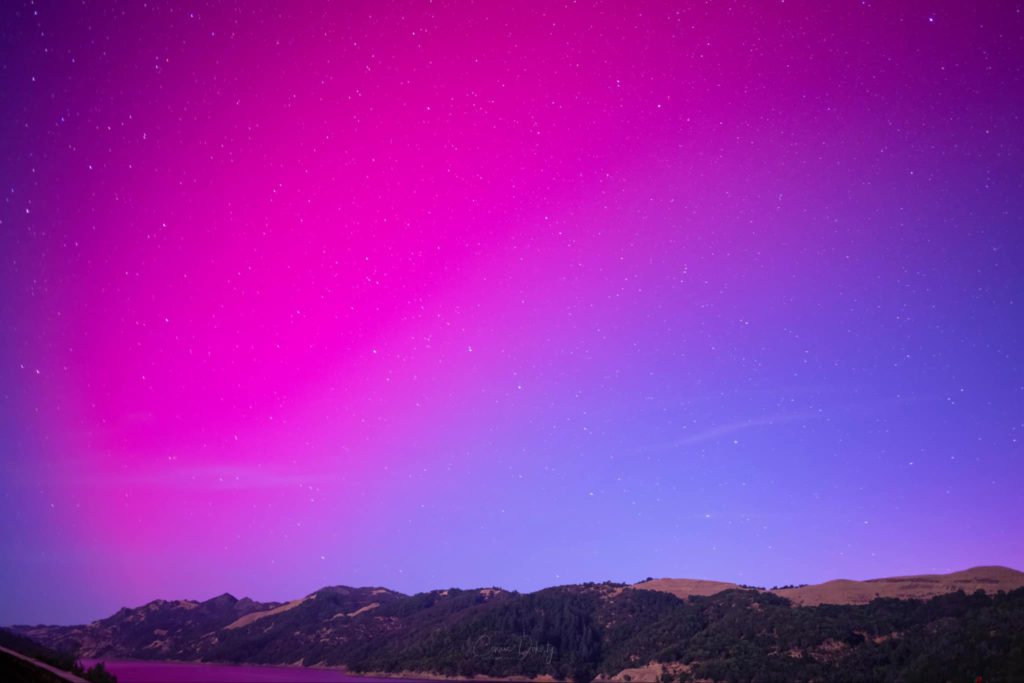
There’s also been some cool comet action overhead lately. An especially historic one came into view over the past week and will likely stick around for most of October, the San Francisco Chronicle reports. This little guy, named Tsuchinshan-Atlas, dislodged himself from a “group of icy bodies orbiting the sun at the outer fringe of the solar system” and won’t return for another 80,000 years — so catch him while he’s hot.
More info from the Healdsburg Patch this week:
The space rock slinging toward Earth from the outer reaches of the solar system made its closest approach to our planet on Saturday, and it should continue to be bright for a few days, especially on Monday and Tuesday.
You’ll be able to see it through the end of October, but it will move higher in the sky and farther away from the sun as the month progresses and become more difficult to see. The comet should be visible to the naked eye in the coming days, but binoculars or a telescope give a better view.
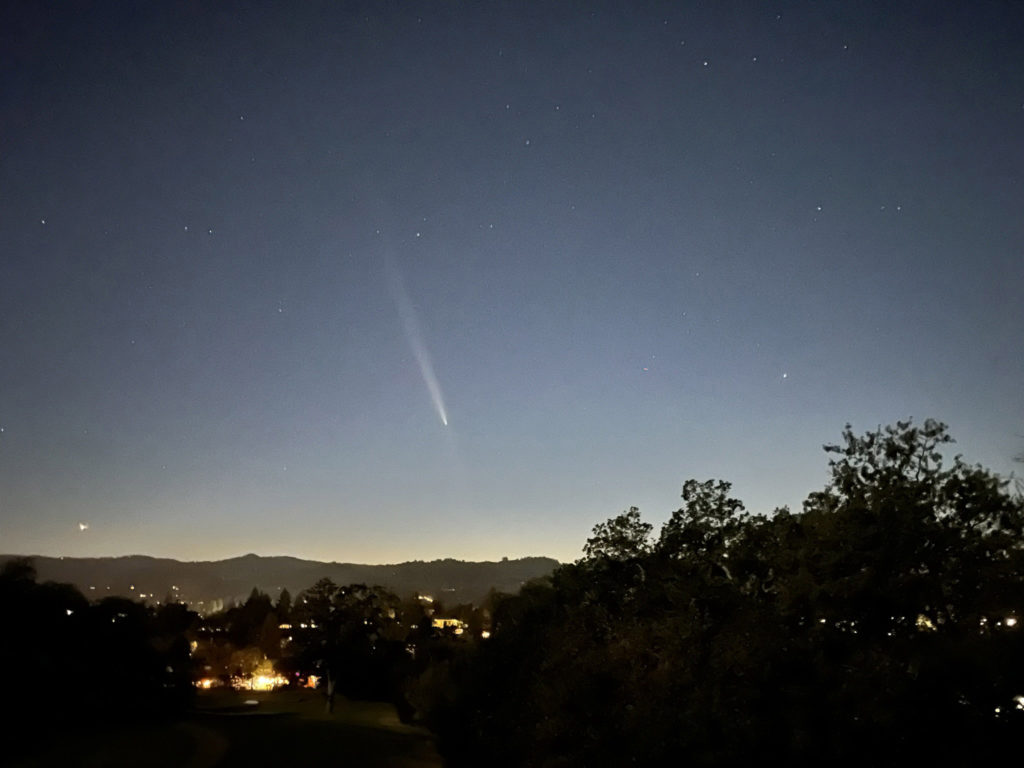
And finally, for most of September, the thousands of swifts who make their home in the chimney at Healdsburg’s riverside Rio Lindo Academy could be seen migrating out for the season, in a famous annual spectacle. The academy is located across the river from Fitch Mountain, near Digger’s Bend. Here’s some history of the phenomenon from Rio Lindo officials:
Vaux’s Swifts have been roosting in the Rio Lindo Adventist Academy chimney since 1989, the first year the school’s boiler wasn’t producing steam year-round. The chimney is still used in the winter when the boiler generates heat for the school campus, but that’s after the fall migration. The first small groups of migrating birds usually appear in mid-August. The numbers increase and generally peak between September 10 and 20. In an average year, the count peaks between 5,000 and 10,000 birds for a few evenings. The highest numbers that have been observed were in 2015 when a couple of evenings the estimate was between 35,000 and 40,000 birds. We believe this was because of the Middletown fire which may have narrowed the migration path. The lowest was in 2005 when the highest count was only 300. This was a West Nile year.
The sight of thousands of birds flying in a tornado-like pattern against the dusk sky is simply awe-inspiring. Bird and nature enthusiasts travel from all over the world to see this unforgettable, natural phenomenon. Most years, the birds arrive in small numbers by the first of September and leave by the end of September.
A local photographer who goes by the name Tenay took the photo below on Sept. 24 or 25.
